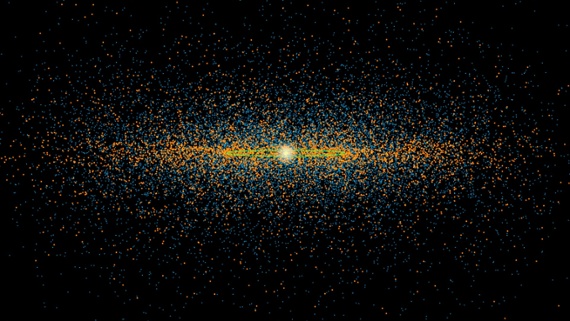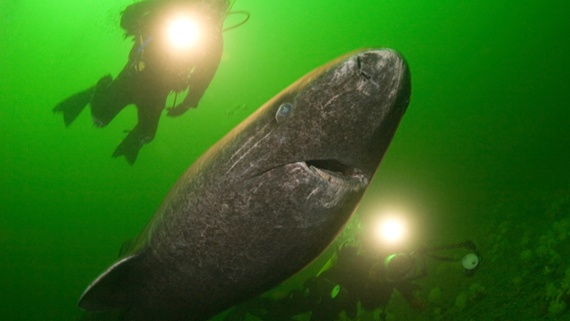New research demonstrates potential for increasing effectiveness of popular diabetes, weight-loss drugs
A network of proteins found in the central nervous system could be harnessed to increase the effectiveness and reduce the side effects of popular diabetes and weight-loss drugs, according to new research.
Image: Alones/Shutterstock.com
American diets got briefly healthier, more diverse during COVID-19 pandemic, study finds
American diets may have gotten healthier and more diverse in the months following the start of the COVID-19 pandemic, according to a new study.
NASA's Webb investigates eternal sunrises, sunsets on distant world
Researchers using NASA's James Webb Space Telescope have finally confirmed what models have previously predicted: An exoplanet has differences between its eternal morning and eternal evening atmosphere. WASP-39 b, a giant planet with a diameter 1.3 times greater than Jupiter, but similar mass to Saturn that orbits a star about 700 light-years away from Earth, is tidally locked to its parent star. This means it has a constant dayside and a constant nightside -- one side of the planet is always exposed to its star, while the other is always shrouded in darkness.
A new neural network makes decisions like a human would
Researchers are training neural networks to make decisions more like humans would. This science of human decision-making is only just being applied to machine learning, but developing a neural network even closer to the actual human brain may make it more reliable, according to the researchers.
Scorching storms on distant worlds revealed
An international study reveals the extreme atmospheric conditions on the celestial objects, which are swathed in swirling clouds of hot sand amid temperatures of 950C. Using NASA's powerful James Webb Space Telescope (JWST), researchers set out to capture the weather on a pair of brown dwarfs -- cosmic bodies that are bigger than planets but smaller than stars.
JWST unveils stunning ejecta and CO structures in Cassiopeia A's young supernova
Researchers announced the latest findings from the James Webb Space Telescope (JWST) of the supernova remnant, Cassiopeia A (Cas A). These observations of the youngest known core collapse supernova in the Milky Way provide insights into the conditions that lead to the formation and destruction of molecules and dust within supernova ejecta. The study's findings change our understanding of dust formation in the early universe in the galaxies detected by JWST 300 million years after the Big Bang.
New geological datings place the first European hominids in the south of the Iberian Peninsula 1.3 million years ago
One of the most important controversies about human evolution and expansion is when and by what route the first hominids arrived in Europe from the African continent. Now, geological dating techniques at the Orce sites (Baza basin, Granada, Spain) place the human remains found in this area as the oldest in Europe, at approximately 1.3 million years old. These results reinforce the hypothesis that humans arrived in Europe through the south of the Iberian Peninsula, through the Strait of Gibraltar, instead of returning to the Mediterranean via the Asian route.
Cosmic wrestling match
Our universe is around 13.8 billion years old. Over the vastness of this time, the tiniest of initial asymmetries have grown into the large-scale structures we can see through our telescopes in the night sky: galaxies like our own Milky Way, clusters of galaxies, and even larger aggregations of matter or filaments of gas and dust. How quickly this growth takes place depends, at least in today's universe, on a sort of wrestling match between natural forces: Can dark matter, which holds everything together through its gravity and attracts additional matter, hold its own against dark energy, which pushes the universe ever further apart?
Origins of creativity in the brain
New results could ultimately help lead to interventions that spark creative thought or aid people who have mental illnesses that disrupt these regions of the brain.
30-year risk of cardiovascular disease may help inform blood pressure treatment decisions
According to a new study, both 30-year risk for cardiovascular disease in addition to 10-year risk may be considered in making decisions about when to initiate high blood pressure medication.




















